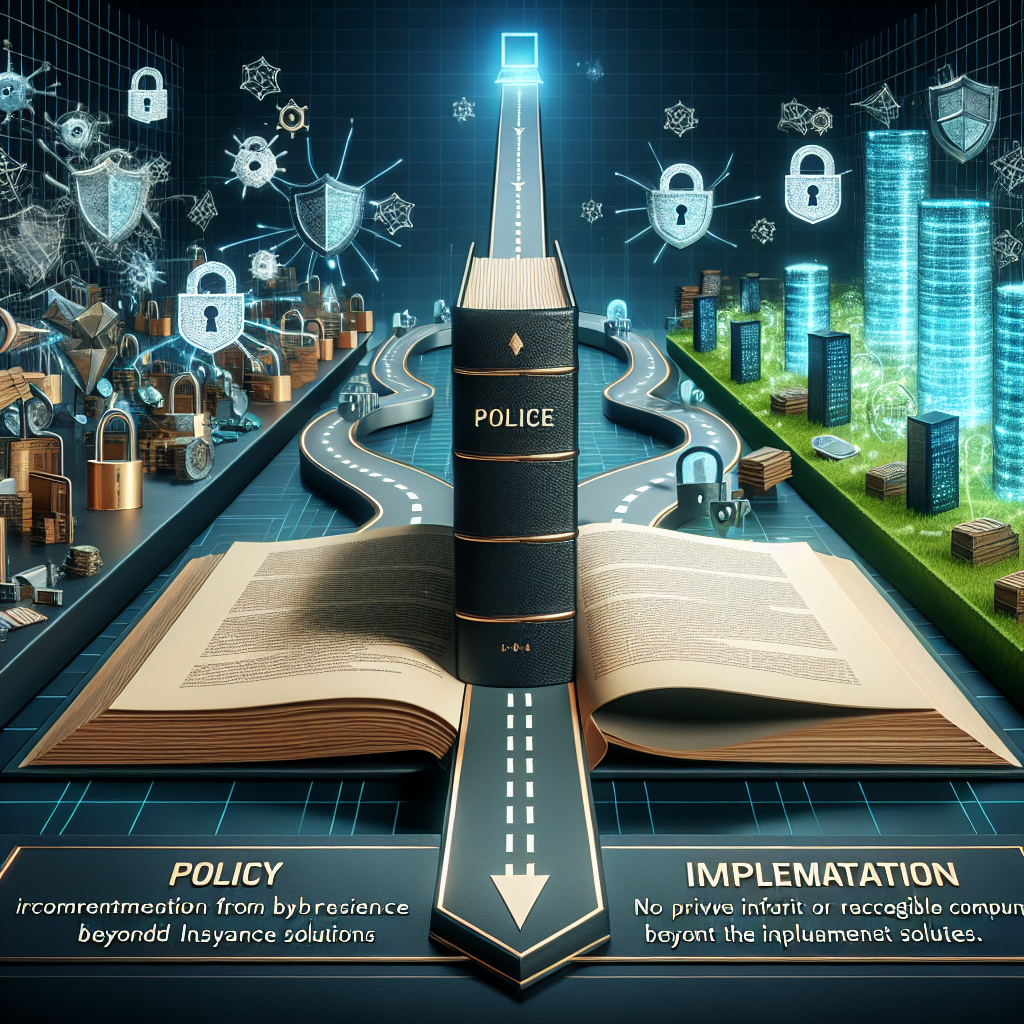As the Vice President of Engineering at Elpha Secure, Ratnesh Pandey is at the forefront of developing cyber strategies and security portfolios that provide essential protection for small and medium enterprises (SMEs) against cyber threats.
In a previous article, I explored three significant challenges currently facing the cyber insurance industry. Here, I aim to delve deeper into solutions by discussing the implementation of adaptive frameworks that can enhance organizations’ cyber resilience.
To effectively mitigate risks, the cyber insurance sector must prioritize the integration of structured cybersecurity frameworks. These frameworks will facilitate the evaluation of risk profiles and guide organizations in adopting suitable security measures aimed at bolstering their resilience against cyber threats. The frameworks should contain a mix of controls that not only diminish exposure to threats but also provide insurers with a standardized approach to evaluate their policyholders. This methodology can assist in defining and managing what is known as “cyber catastrophic risk,” by establishing comprehensive visibility of an organization’s risk profile.
Implementing Structured Cybersecurity Frameworks for Risk Management
A successful framework for risk management must be adaptable to suit diverse organizational needs and evolving threat landscapes. Guidelines from the Cybersecurity and Infrastructure Security Agency (CISA) and the National Institute of Standards and Technology (NIST) underline the necessity of proactive, multi-layered security strategies that are customized to the unique risk profiles of various organizations.
CISA’s Cybersecurity Performance Goals (CPGs) emphasize critical, prioritized actions organizations can take to fortify their defenses. These recommendations encompass practical measures such as safeguarding backups, employing multifactor authentication (MFA), and engaging in continuous vulnerability management. It is equally vital to assess exposure to common vulnerabilities and exposures (CVEs) along with any environmental or configuration risks, both within systems and in the broader business context, including VPNs and firewalls.
NIST’s Cybersecurity Framework (CSF) adds to these initiatives by offering a scalable and flexible model for managing risk. It highlights the value of advanced technologies, such as endpoint detection and response (EDR), particularly in securing decentralized work environments that are increasingly common with the rise of cloud adoption. Furthermore, NIST advocates for the deployment of zero-trust architecture and identity-based access controls as essential strategies for mitigating risks across multicloud and complex system environments.
The Importance of Inside-Out and Outside-In Controls
The current focus of the cyber insurance industry has primarily been on outside-in controls, such as external scans of cloud assets or monitoring the dark web for signs of breaches. However, this approach offers limited visibility into an organization’s internal cybersecurity posture. An effective cyber insurance strategy should merge inside-out controls, which concentrate on a company’s internal cybersecurity practices, with outside-in controls, which assess external vulnerabilities similarly to how threat actors would target potential victims. This blend of strategies delivers a more comprehensive risk perspective.
Inside-Out Controls
• **Endpoint Detection and Response (EDR) and Incident Response Planning**: Establishing a well-defined incident response plan in conjunction with EDR ensures a systematic approach for containing and recovering from cyberattacks.
• **Privileged Access Management (PAM) and Multifactor Authentication (MFA)**: By restricting access to sensitive data and adding layers of verification, organizations can significantly lower the risk of breaches associated with compromised or weak credentials.
• **Nonhuman Identities**: The rise of cloud services necessitates secure interaction from various applications and service identities. If not properly managed, these identities can become prime targets for breaches.
• **Backup Integrity**: Regular testing, securing, and encrypting backups is crucial for ensuring business continuity in the event of a cyberattack.
• **Securing Email**: Email is a prevalent entry point for cybercriminals. According to the Federal Bureau of Investigation (FBI) IC3, business email compromises accounted for the highest volume of claims in the past year, leading to adjusted losses of $2.9 billion.
• **Vulnerability Management**: Regularly conducting scans of systems and applications to pinpoint and address vulnerabilities is essential. Timely patching and remediation can drastically reduce the risk of exploitation of known weaknesses, thereby ensuring a more secure environment. It is important to address the numerous “noisy” vulnerabilities alongside the few critical ones, particularly for SMEs.
Outside-In Controls
• **External Scans and Threat Intelligence**: Monitoring the external threat landscape with threat intelligence can enable organizations to take proactive steps against emerging vulnerabilities. This includes evaluating cloud service exposures, identifying botnets, managing loose configurations, and addressing the use of weak passwords. For instance, vulnerabilities like CVE-2024-0012 illustrate how identifying and rectifying critical CVEs can mitigate risks and financial losses.
• **Supply Chain Security**: Given the increase in supply chain attacks targeting third-party vendors, evaluating and strengthening supply chain security practices has become imperative.
• **Industry Benchmarks and Frameworks**: Providing insurers with structured benchmarks allows for the standardized assessment of clients, ensuring organizations meet minimum cybersecurity standards which enhance their insurability.
Supporting SMEs through Managed Service Providers
The cyber insurance industry acknowledges that SMEs frequently lack the necessary resources and internal expertise to comply with rigorous cybersecurity requirements. Managed service providers (MSPs) can help bridge this gap. By collaborating with MSPs, SMEs can implement fundamental security controls, including EDR, incident response strategies, and privileged access management, without needing extensive internal teams.
Conclusion
While there isn’t a one-size-fits-all solution to overcoming the challenges within the cyber insurance landscape, the industry can certainly elevate standards to mitigate cyber risks and enhance resilience. Structured frameworks guide the effective implementation of security controls and the management of supply chain vulnerabilities. These frameworks endorse continuous monitoring and automated responses, which can help minimize the duration of cyber incidents and reduce their overall impact.
In conclusion, both inside-out and outside-in controls are essential to formulating a structured insurance framework that reduces claims and fosters more precise risk profiles. Cyber insurance providers should incentivize SMEs to work with reputable MSPs, as this arrangement decreases risk exposure for both the insured parties and the insurers. Adopting these best practices can help organizations bolster their defenses and secure a more consistent and transparent approach when acquiring cyber insurance.



